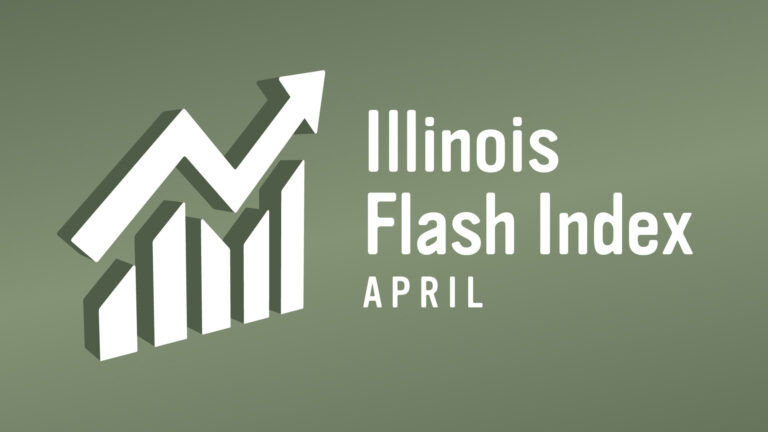The University of Illinois Flash Index to the state’s economy rose for the third time in as many months, reaching 103.0 in April.
The index based on state tax receipts had dropped to 102.5 in January, but has been rising steadily since then. Any Flash Index reading above 100 indicates growth in the Illinois economy.
U of I economist Fred Giertz produces the Flash Index for the university’s Institute of Government and Public Affairs, where he is a professor emeritus. He says the numbers reflect a steady and mildly growing economy. But he says investors may not be so happy with the current level of interest rates.
“From the standpoint of the economy, it’s good news,” said Giertz. “maybe to investors, there’s some concern about high interest rates, there’s some concern about affordability of housing. But overall, it’s a pretty good picture.”
Giertz notes that the Federal Reserve Board had been raising interest rates in an attempt to curb inflation, while also trying to avoid a recession and bring the economy in for a “soft landing”. But he says instead of expecting to manage a slowing economy, the Fed may have found itself dealing with one that is still growing.
“We appear to be, if not on a soft landing, maybe not a landing at all,” said Giertz. “and the Federal Reserve is having to deal with that, where the expectation was that they would probably lower interest rates, because the economy was cooling off. But cooling has not continued.”
In Illinois, the impact of a continually growing economy is felt in the state tax receipts that form the basis for the monthly Flash Index. Giertz says tax receipts are usually strong in April, due to the annual income tax deadline. But he says they were especially strong this April, with individual state income tax receipts up in inflation-adjusted terms by 16% from a year ago. Corporate tax receipts were also strong, while real sales tax receipts were steady.
The Flash Index has been hovering around 103 for more than a year. Earlier, the index had been hovering around 106, but declined during a multi-month slide in 2022, which followed a steep dive below 100 in 2020, due to the COVID-19 pandemic.

